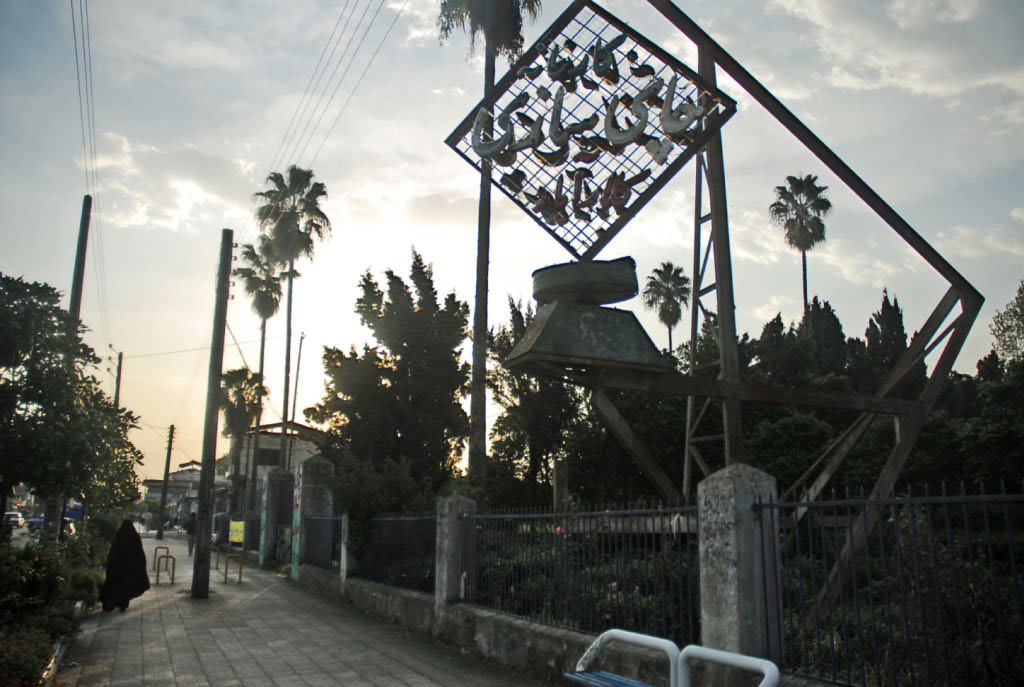Today’s office is a villa situated on the outskirts of the Caspian sea-side town of Chalus.
Arriving last night’s the surrounds looked like a cross between Nagano, Dieppe and Hilo – a suburban highway surrounded by lush vegetation, cloud touched mountains on the horizon and rain. Constant, incessant rain. So why are we here?
After 6 days of intensive data gathering in Tehran and 2 weeks in Cairo before that we need space to discuss and reflect. Yesterday our driver Mr. Bikhi transported us North along the winding mountain roads to here in Chalus. The drive normally takes 3 hours but we arrive after 5 – the traffic having come to a complete standstill due to an accident. Given that the road is single lane and that a number of drivers treated it as a dual carriageway an accident comes as no surprise. Iran is the kind of culture where you look both ways on a one way street before crossing the road. As we wait in the car the impacted vehicle is towed by signaling the Yin and Yang of the situation – the severity of its damage suggests someone has been hurt, but the fact that the car is being towed means our journey can continue. As far as I can tell the car is an Iranian made Peikan – recently manufactured but based on a classic 1950’s design – a colleague later tells me that the engine is actually imported from the UK and is based on the Hillman (older British readers may remember the Hillman Imp). As its damaged frame is limps by I’m guessing that the car is not built around the principal of crumple zones, side impact bars and airbags, technologies – what we take for granted eh? The accident is not the only reason for our delay – the night before we left the government suddenly announced a 4 day holiday to coincide with the end of Ramazan resulting in more traffic weaving its way out of Tehran. That a 4 day national holiday can be introduced with only a 6 hour notice is perhaps indicative of the unpredictability of the decision making process and ordinary life here.
We spend a long evening reading through interview transcripts, the silence punctuated by conversations about data points and ideas triggered by the same. Ambient audio recordings from Cairo are played to give the team members a greater sense of having been there, though the term “ambient Cairo street sounds” is an oxymoron – most of Cairo simply isn’t ambient. Which makes autumnal Tehran feel so calm, and this villa positively tranquil. Brainstorming starts tomorrow in earnest but we’re already half-way there.
For readers in this part of the world on the 29th October I’ll be giving a joint presentation with my Nokia colleague Ramin Vatanparast at Tehran University, Department of Art and Industrial Design entitled Design Research: from field study to the design of products, applications and services.
